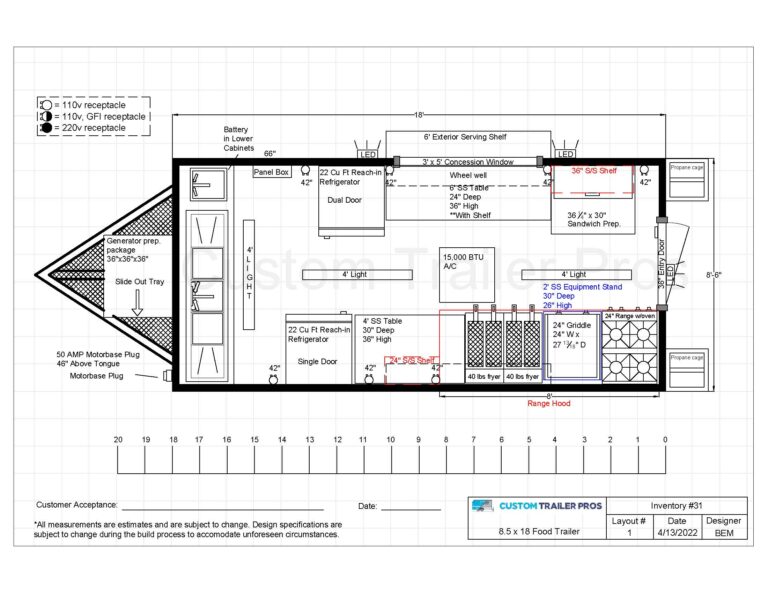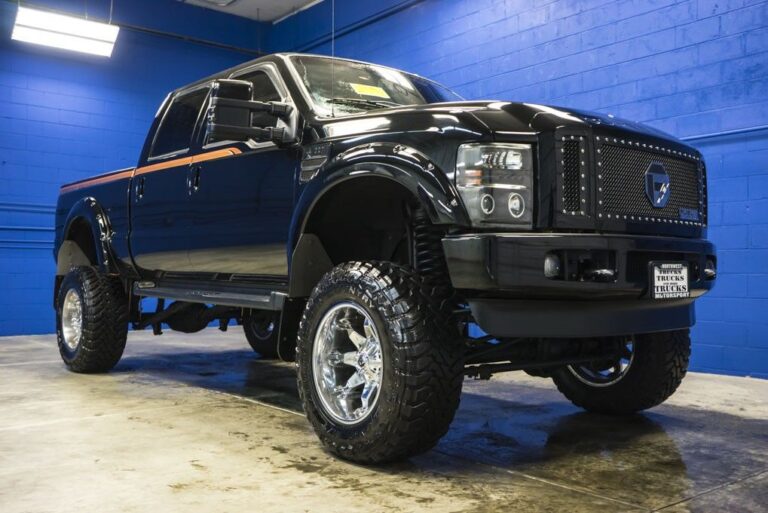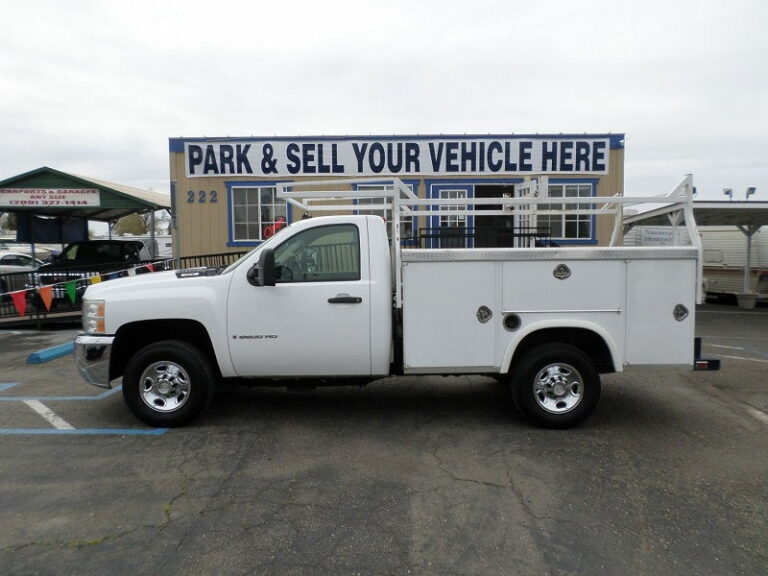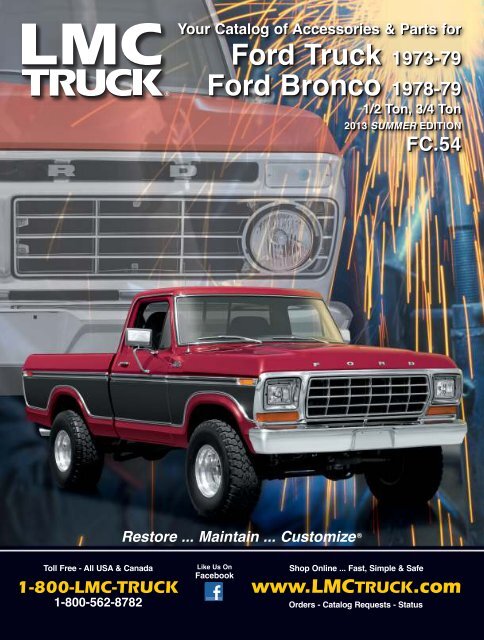Food Truck Blueprint: Your Strategic Roadmap to Mobile Culinary Success
Food Truck Blueprint: Your Strategic Roadmap to Mobile Culinary Success cars.truckstrend.com
The aroma of sizzling street food, the vibrant designs of customized vehicles, and the bustling energy of pop-up dining – the food truck industry has exploded into a culinary phenomenon. Far from being just a vehicle with a kitchen, a successful food truck is a meticulously planned and executed mobile business. This journey from concept to curbside success isn’t left to chance; it’s guided by a comprehensive strategy known as the Food Truck Blueprint.
At its core, a Food Truck Blueprint is a detailed, multi-faceted plan that outlines every aspect of your mobile culinary venture. It’s not just a business plan; it’s a strategic roadmap encompassing concept development, vehicle acquisition, kitchen design, regulatory compliance, operational logistics, and marketing strategies. For aspiring food truck entrepreneurs, this blueprint is indispensable. It serves as your compass, guiding decisions, mitigating risks, securing funding, and ultimately laying the foundation for a profitable and sustainable business. Without a well-defined blueprint, you risk unforeseen challenges, compliance issues, operational inefficiencies, and significant financial setbacks. It transforms a dream into an actionable, achievable reality.
Food Truck Blueprint: Your Strategic Roadmap to Mobile Culinary Success
Core Components of a Comprehensive Food Truck Blueprint
A robust Food Truck Blueprint is built upon several interconnected pillars, each crucial for the overall success of your mobile eatery.
1. Concept & Menu Development: Defining Your Culinary Identity
This is where your vision takes shape. It involves:
- Niche Identification: What kind of food will you serve? Is it gourmet tacos, artisanal pizzas, fusion bowls, or classic comfort food with a twist? Define your unique selling proposition (USP).
- Target Audience: Who are you serving? Office workers, late-night crowds, families, festival-goers? Understanding your demographic informs your menu, pricing, and location strategy.
- Signature Menu Items: Develop a focused, high-quality menu that is efficient to prepare in a limited space. Consider ingredient sourcing, seasonality, and potential for waste reduction.
- Pricing Strategy: Balance cost of goods, market demand, perceived value, and competitor pricing to ensure profitability.

2. Business Plan & Financial Projections: The Foundation of Feasibility
More than just a formality for investors, a solid business plan forces you to think through every financial and operational detail. Key elements include:

- Executive Summary: A concise overview of your entire plan.
- Company Description: Your mission, vision, and legal structure.
- Market Analysis: Industry overview, target market analysis, competitive analysis.
- Organization & Management: Ownership, management team, staffing plan.
- Service & Product Line: Detailed menu, unique aspects, supply chain.
- Marketing & Sales Strategy: How you’ll reach customers.
- Funding Request: If applicable, detailing how much capital is needed and for what.
- Financial Projections:
- Startup Costs: One-time expenses like truck purchase, build-out, permits.
- Operating Costs: Recurring expenses like ingredients, fuel, labor, insurance, maintenance.
- Revenue Projections: Realistic sales forecasts based on pricing and volume.
- Break-Even Analysis: Determining the sales volume needed to cover all costs.
- Cash Flow Statement: Projecting incoming and outgoing cash.

3. Truck Selection & Kitchen Design: Your Mobile Command Center
The truck itself is your most significant asset and operational hub.
- Vehicle Acquisition:
- New vs. Used: New offers reliability and customization; used can be more budget-friendly but may require significant refurbishment.
- Size & Type: Consider a full-size truck, trailer, or even a smaller cart based on your concept and budget.
- Kitchen Layout & Equipment: This is paramount for efficiency and compliance.
- Workflow Optimization: Design for logical flow (prep, cook, serve, wash) to minimize steps and maximize speed.
- Essential Equipment: Grills, fryers, ovens, refrigerators, freezers, sinks (3-compartment and handwashing), ventilation hood, fire suppression system.
- Power Requirements: Generator size and fuel type (propane, diesel, gas) must match your equipment’s power needs.
- Safety Features: Emergency exits, first aid, fire extinguishers.
- Exterior Design & Branding: Your truck is a moving billboard. A professional wrap, engaging logo, and consistent branding are crucial for attracting attention and conveying your identity.
4. Legal & Regulatory Compliance: Navigating the Red Tape
This is often the most complex and intimidating part, varying significantly by city, county, and state.
- Business Licenses & Permits: General business license, food service permits, vendor permits, mobile food unit permits, fire safety permits, zoning permits.
- Health Department Regulations: Compliance with local health codes (e.g., HACCP plan, proper food storage, temperature control, waste disposal, commissary agreement).
- Insurance: General liability, commercial auto insurance, worker’s compensation (if you have employees).
- EIN (Employer Identification Number): For tax purposes.
- Sales Tax Permit: For collecting and remitting sales tax.
5. Operations & Marketing Strategy: From Daily Grind to Brand Building
How you operate and promote your business determines your reach and customer loyalty.
- Staffing Plan: Hiring, training, and managing crew.
- Supply Chain Management: Reliable vendors, inventory control, cost management.
- POS System: Efficient order taking, payment processing, sales tracking.
- Route Planning & Location Strategy: Researching high-traffic areas, securing permits for specific locations, participating in events and festivals.
- Marketing & Branding:
- Digital Presence: Social media (Instagram, Facebook, TikTok), website, online ordering platforms.
- Local Marketing: Partnerships with businesses, community events.
- Customer Engagement: Loyalty programs, excellent service, feedback collection.
- Maintenance Schedule: Regular truck and equipment maintenance to prevent breakdowns.
The Blueprinting Process: A Step-by-Step Guide
Creating your Food Truck Blueprint is an iterative process that requires thorough research, meticulous planning, and adaptability.
Phase 1: Research & Conceptualization (Months 1-2)
- Market Research: Identify demand gaps, trending cuisines, and competitor strengths/weaknesses.
- Define Your Concept: Solidify your menu, target audience, and unique brand identity.
- Preliminary Budgeting: Estimate initial startup and operating costs.
Phase 2: Business & Financial Planning (Months 2-4)
- Draft Your Business Plan: Write detailed sections, focusing on financial projections.
- Secure Funding: Approach lenders, investors, or consider crowdfunding based on your detailed plan.
- Legal Entity Formation: Register your business (LLC, sole proprietorship, etc.).
Phase 3: Design & Build-Out (Months 4-8)
- Truck Sourcing: Purchase or lease your vehicle.
- Professional Design & Fabrication: Work with experienced food truck builders to design the interior layout and install equipment to code. This is a critical investment.
- Branding Execution: Get your truck wrapped or painted.
Phase 4: Legal & Permitting (Months 5-9)
- Permit Application: Begin the often lengthy process of applying for all necessary local, county, and state permits. This typically requires detailed plans and inspections.
- Insurance Acquisition: Secure all required insurance policies.
- Commissary Agreement: Most jurisdictions require a commissary kitchen for prep, storage, and waste disposal.
Phase 5: Pre-Launch & Marketing (Months 8-10)
- Menu Testing & Optimization: Fine-tune recipes, portion sizes, and speed of service.
- Staff Recruitment & Training: Hire and train your team on food safety, operations, and customer service.
- Marketing Blitz: Launch social media campaigns, build buzz, schedule soft openings or test runs.
- Final Inspections: Pass all health, fire, and vehicle inspections.
Key Considerations & Potential Challenges
- Budgeting Realistically: Food truck startups are capital-intensive. Always include a 15-20% contingency fund for unforeseen expenses. Hidden costs often include specialized equipment repair, permit re-application fees, or unexpected vehicle maintenance.
- Navigating Regulations: This is arguably the biggest hurdle. Regulations vary wildly and can be frustratingly complex. Engage with local authorities early and often. Consider hiring a consultant specializing in food truck compliance.
- Optimizing Kitchen Workflow: Space is limited. Every inch counts. An inefficient layout leads to slow service, tired staff, and potential safety hazards.
- Marketing & Standing Out: The food truck market can be competitive. A strong brand, unique menu, and consistent marketing are vital.
- Maintenance & Longevity: Trucks require regular upkeep, just like any commercial vehicle. Equipment can break down. Factor in maintenance costs and downtime.
Tips for a Successful Food Truck Blueprint
- Start Small, Scale Smart: Don’t overinvest initially. Test your concept with a simpler menu and scale up as demand grows.
- Network Extensively: Connect with other food truck owners, attend industry events. Their experience can be invaluable.
- Prioritize Food Safety: This is non-negotiable. Adhere to all health codes to protect your customers and your business reputation.
- Embrace Technology: Utilize POS systems, online ordering apps, and social media for efficiency and outreach.
- Be Flexible & Adaptable: The food truck business is dynamic. Be prepared to adjust your menu, locations, or operational strategies based on feedback and market changes.
Food Truck Blueprint: Estimated Costs & Pricing Breakdown
The costs associated with bringing a Food Truck Blueprint to life can vary significantly based on location, new vs. used equipment, and the complexity of your concept. This table provides a general range for common expenses.
| Category | Estimated Cost Range (USD) | Description |
|---|---|---|
| I. Initial Setup & Acquisition | ||
| Truck/Trailer Acquisition | $20,000 – $150,000+ | Used: $20k-$70k (basic, may need major work). New: $70k-$150k+ (custom built, fully equipped). |
| Kitchen Build-Out/Equipment | $30,000 – $100,000+ | Grills, fryers, ovens, refrigerators, freezers, sinks, ventilation, fire suppression, prep tables. Varies greatly by equipment type. |
| Generator | $2,000 – $10,000 | Essential for power. Cost depends on size and fuel type (propane, diesel). |
| Water Tanks (Fresh/Gray) | $500 – $2,000 | Required for sanitation and cooking. |
| Propane Tanks & Lines | $500 – $1,500 | For cooking equipment. |
| Exterior Wrap/Branding | $3,000 – $10,000 | Professional vehicle wrap, logo design, menu boards. |
| Initial Inventory (Food) | $1,000 – $5,000 | First stock of ingredients and supplies. |
| II. Legal & Regulatory | ||
| Business Registration/Fees | $100 – $500 | State/local business registration, EIN application. |
| Permits & Licenses | $500 – $5,000+ (annually) | Business license, health permit, fire permit, mobile food unit permit, zoning permit, commissary agreement fees. Varies by jurisdiction. |
| Insurance | $1,500 – $5,000+ (annually) | Commercial auto, general liability, worker’s compensation. |
| Commissary Fees | $300 – $1,000+ (monthly) | Required in many areas for prep, storage, waste disposal. |
| III. Technology & Operations | ||
| POS System (Hardware/Software) | $500 – $2,000 (hardware) + $50-$150/month (software) | Tablet, card reader, printer; monthly subscription for software. |
| Initial Marketing/Website | $500 – $3,000 | Website development, initial social media advertising, local listing setup. |
| Miscellaneous Equipment | $500 – $2,000 | Smallwares, cleaning supplies, first aid kit, fire extinguishers. |
| IV. Contingency Fund | ||
| Contingency (15-20% of total) | $5,000 – $30,000+ | For unforeseen expenses, delays, repairs, etc. Highly Recommended. |
| Total Estimated Startup Costs | $60,000 – $320,000+ | This range is broad due to vast differences in truck type, build-out complexity, and local regulations. |
Frequently Asked Questions (FAQ) about Food Truck Blueprint
Q1: How long does it typically take to create and implement a Food Truck Blueprint?
A1: The timeline varies significantly based on your diligence, local regulations, and the complexity of your build. Generally, from initial concept to launch, it can take anywhere from 6 to 18 months. The longest phases are often securing funding, truck fabrication, and navigating the permitting process.
Q2: Do I need a professional consultant to help with my Food Truck Blueprint?
A2: While not strictly mandatory, hiring a consultant (especially for regulatory compliance and kitchen design) can save you significant time, money, and headaches. They have expertise in navigating complex permit processes, optimizing kitchen layouts for efficiency, and understanding specific local requirements. For those new to the food industry or business ownership, it’s a wise investment.
Q3: What’s the most challenging part of developing a Food Truck Blueprint?
A3: Many entrepreneurs find the legal and regulatory compliance the most challenging aspect. Each municipality has its own unique set of rules regarding permits, zoning, health codes, and commissary requirements. It requires meticulous attention to detail, persistence, and often, a lot of patience.
Q4: Can I start a food truck on a tight budget?
A4: Yes, but it requires more creativity and compromise. Options include:
- Purchasing an older, used truck that needs less refurbishment.
- Starting with a simpler menu that requires less specialized equipment.
- Doing more of the build-out work yourself (if skilled).
- Leasing equipment instead of buying.
- Starting with a smaller trailer or even a pop-up tent/cart before investing in a full truck. However, always ensure your budget allows for essential safety and compliance features.
Q5: How important is location in a Food Truck Blueprint?
A5: Location is paramount! It directly impacts your sales and profitability. Your blueprint should include thorough research on:
- High-traffic areas (business districts, parks, tourist spots).
- Local events and festivals.
- Zoning restrictions for mobile vending.
- Competitor analysis for specific locations.
- Permit requirements for vending in different areas.
A good location strategy can make or break your business.
Conclusion
The Food Truck Blueprint is more than just a document; it’s the strategic backbone of your mobile culinary enterprise. It transforms a passion for food into a viable, compliant, and profitable business. By meticulously planning each phase – from defining your unique concept and designing an efficient kitchen to navigating the complex world of permits and crafting a compelling marketing strategy – you lay a robust foundation for success. While the journey requires dedication, research, and capital, a well-executed blueprint minimizes risks, maximizes potential, and ensures that when you finally roll out your truck, you’re not just serving food, but delivering a well-orchestrated, delicious experience to your eager customers. Embrace the blueprint, and drive your culinary dreams to reality.





